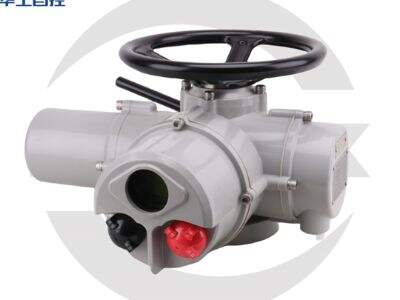When we refer to control valves, we’re referring to a special part of machines that helps control the way liquids or gases move. Stout valves are crucial to keep these machines working smoothly. That’s also why we should routinely check and test our control valves to ensure they work correctly. In this lesson, you will learn why it is important to have control valve action, how to check them in a step-by-step manner, how you can test them and make sure they work well, and if there is a problem you can do simple fixes.
The Importance of Checking Control Valves
Inspecting your control valves is like checking that your homework is correct. Just as we need to review one’s own work, control valves must be tested to ensure they are functioning at optimal levels. If they don’t, that can make the particular control valve run poorly, and it could create problems in the machine where it’s being used. This can cripple the machine and in some cases cause it to break. By inspecting your control valves on a routine basis, you can keep everything functioning smoothly.
Step-by-Step tutorial to test your Control Valves Evalvac.com -Control Valve Test 1- Prelude Thank you for choosing E.Valves.
The first thing to do is collect the tools that you will need. This could be a wrench, a pressure gauge, and any special tools you have for your control valve.
Then shut off the liquid or gas supply to the control valve, and release pressure from the system.
Remove the control valve cover to see inside the components. Just don’t break anything.
Set the control valve as per the manufacturers manual and use your wrench to tighten it in place. This will ensure the valve has been properly adjusted.
Once you make your adjustments, replace the cover so you can put the control valve back on, and turn the flow of liquid or gas back on.
Ways to Test Control Valves
Here are some usual methods of checking to ensure isolation valves are working properly:
Bench Testing: That is when you remove the control valve from the machine and test it on a bench, to see how it will perform under various conditions and pressures.
In-Line Testing: This process leaves the control valve on the machine and tests it during operation of the machine. This helps visualize how the valve functions in normal circumstances.
Pressure Testing: Apply various pressures to the control valve to determine the operations. This can indicate whether the valve is functioning as it should and can withstand the appropriate pressure.
Check Valving – Each and Every Detail Make the Difference
Take steps to ensure your control valve checks are as accurate as possible:
When you test your control valves, always read the manufacturer’s instructions. This helps avoid mistakes.
Note when you last checked your control valves and set up a schedule to check them regularly. This helps prevent problems.
Regularly test your control valves to ensure they are still working well. This helps detect problems sooner.
Results for repairing control valves
If your control valves are giving you trouble:
Check for any leaks/cracks in the control valve. Replace any compromised components if you find them.
Inspect the control valve again if you notice an error in the way it reads. This can help fix it.
Adjust the control ball valves settings if necessary to ensure it still functions properly with various pressures and flow rates.
Following these procedures and tips will help you maintain your control valves and keep your machines working properly. One of the things is regular maintenance, regular checkups are very important for things to work right.” Thanks for reading, and please don't hesitate to put Huagong on the top of your list for all of your control valve requirements!


































